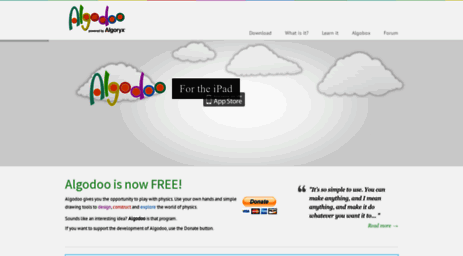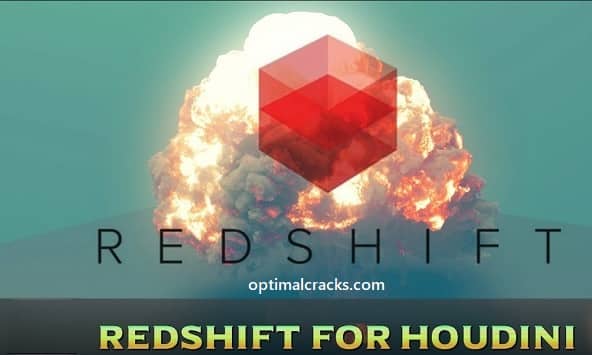

The initial release supports all of the features of Redshift GPU, with the exception of Round Corners, and CPU and GPU output should be “perceptually indistinguishable”. Rendering on the CPU also avoids two disadvantages of GPU rendering: the performance hit associated with rendering scenes too large to fit into GPU memory, and the high current street prices of GPUs. On the Redshift forum, Maxon notes that CPU support “opens up doors for Redshift to work on CPU render farms”, including commercial rendering services, and the CPU farms maintained by many large VFX facilities.

It’s a striking addition to a product whose tagline is “the world’s first fully GPU-accelerated, biased renderer”. The main new features in Redshift 3.5 are Redshift CPU and Redshift XPU: new modes for rendering fully on the CPU, or on both CPU and GPU simultaneously. Redshift CPU and XPU enable users to render on CPU as well as GPU The firm has also announced support for AMD GPUs on Windows and Linux, due in beta in a future release. Other key changes include a new Redshift Standard Material, intended to improve interoperability with other DCC applications and better rendering of thin-film iridescence and diffuse roughness. The update enables the formerly GPU-only renderer to run on the CPU. The video also shows some features added in other recent updates. * Fix portal light scale parameter of Houdini 16.Maxon’s release trailer for Redshift 3.5, the latest version of its production renderer for 3ds Max, Blender, Cinema 4D, Houdini and Maya. * Fixed a bug that could cause an exception when baking without RsBeautyBake * Fixed recently introduced regression bug that result of outTransparency of file node becomes dust

* Fix harmless bump2D warning recently introduced * VP2.0 fragment shader of RedshiftStoreColorToAOV, RedshiftStoreScalarToAOV and RedshiftStoreIntegerToAOV node is added to correctly pass Beauty input to output color * Added AOV output of bucket mode IPR to RV


 0 kommentar(er)
0 kommentar(er)
